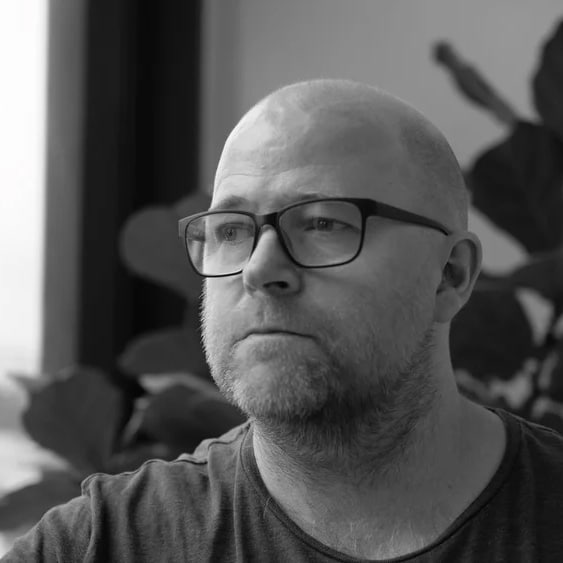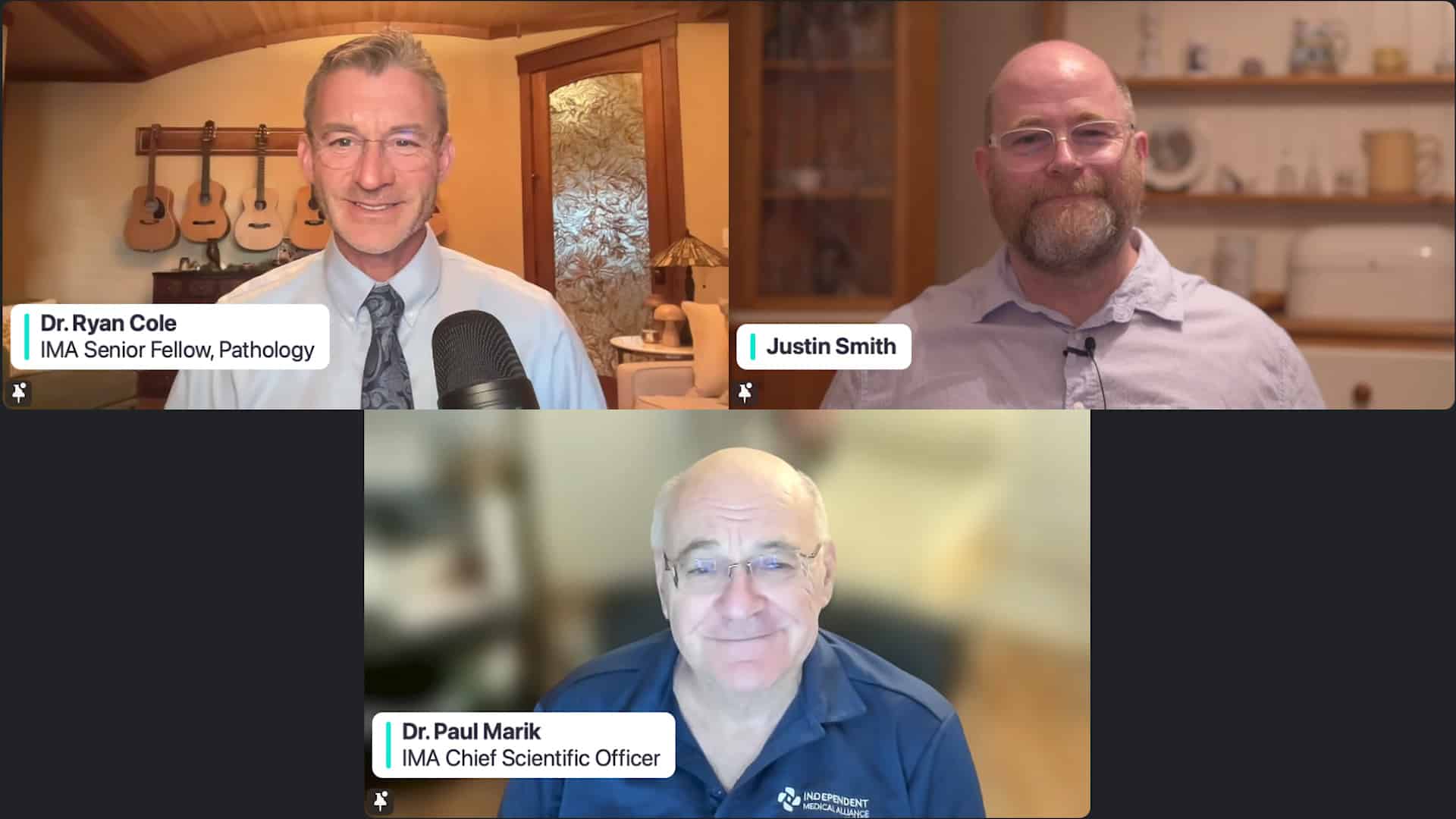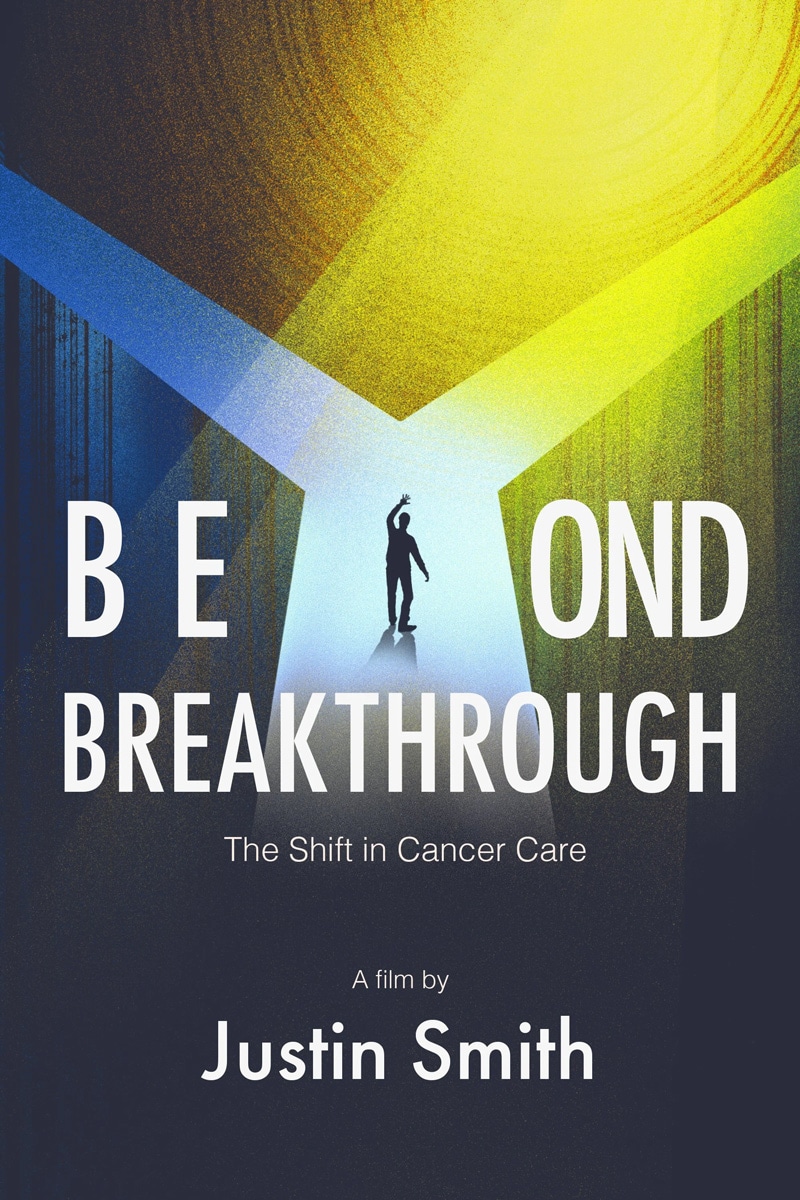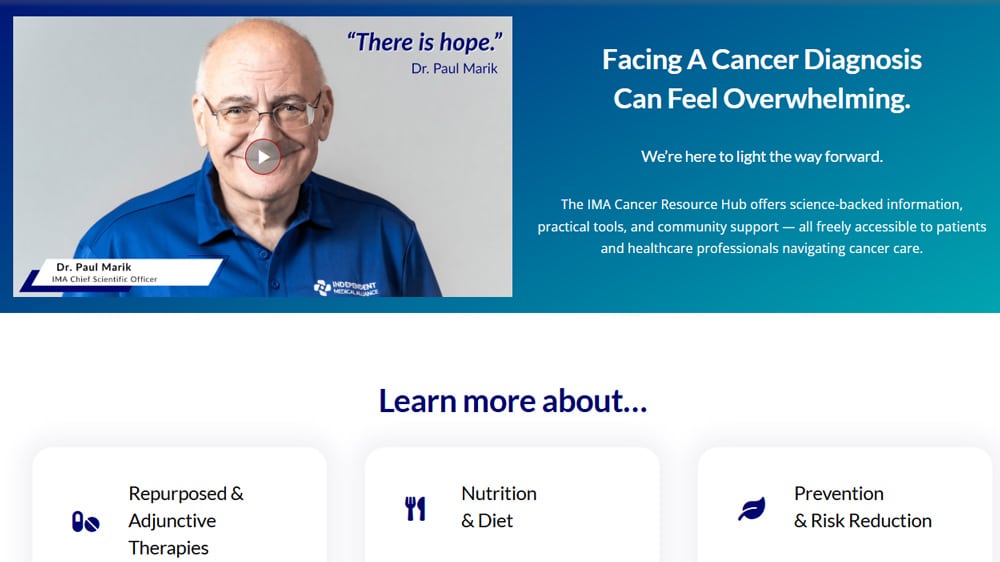Host: Dr. Ryan Cole Guests: Dr. Paul Marik, Justin Smith
For more than 50 years, cancer research has chased a single dream: the breakthrough cure that would finally end the disease. But what if that search has taken us down the wrong path?
IMA Senior Fellow Dr. Ryan Cole and IMA Co-Founder Dr. Paul Marik sit down with filmmaker Justin Smith, director of the new documentary Beyond Breakthrough, to discuss the growing movement of scientists, doctors, and patients who are redefining what healing really means.
Justin shares how creating the film challenged his own preconceived ideas about cancer and how what he discovered may reshape the way you see it too. Don’t miss this thought-provoking conversation about the shift changing how the world approaches cancer and the new vision for healing that’s already taking shape.
As cancer rates continue to rise, it’s plain to see there’s a real crisis to address. More than half a trillion dollars have been poured into cancer research over the past several decades. Yet much of that effort has focused narrowly on uncovering a “silver bullet”—the elusive breakthrough cure that would finally end the disease. Despite all that investment, the results have been modest. Now, a new generation of scientists, doctors, and patients is questioning the very model that shaped this approach.
In this webinar, IMA Senior Fellow Dr. Ryan Cole hosts independent filmmaker Justin Smith and IMA Co-Founder Dr. Paul Marik to discuss the ideas behind Smith’s new documentary Beyond Breakthrough—a film that reframes cancer care by challenging the false promise of a single cure, revisiting suppressed science, and showcasing integrative, metabolic, and bioelectric therapies.
🗓️ The film will be available for free global screening for 24 hours on November 20. Sign up for access at SovrinTV.com.
Meet the Filmmaker

Justin Smith is an independent British filmmaker with over 13 years of experience and nine feature-length documentaries. He is the author of Statin Nation and a graduate of the Guardian Investigative Journalism Masterclass. His work has appeared in national UK newspapers, including The Sunday Telegraph.
Smith’s latest film, Beyond Breakthrough, was deeply influenced by IMA Co-Founder Dr. Paul Marik’s Cancer Care Monograph, which helped shape the documentary’s structure and scientific foundation.
🔗 Beyond Breakthrough on FilmFreeway
🔗 SovrinTV Website
🔗 SovrinTV Substack
About the Film: Beyond Breakthrough
“I was mindful of the increasing number of people being diagnosed — especially younger people. And I felt a documentary would be really useful.” — Justin Smith
Smith’s journey began with questions: Why are cancer rates rising, especially in younger people? Why is there so little awareness of therapies outside the pharmaceutical system? Why are patients left with so few empowering tools after diagnosis?
Originally titled Oncology Monopoly, the film evolved as Smith discovered the depth of suppressed research and emerging science. He was struck by how many people—including himself—held false assumptions about cancer’s origins and treatment.
When Smith dug deeper, what he found surprised him. Followers of IMA’s cancer work likely know of Otto Warburg’s contribution to the metabolic theory of cancer, but few know that there are even more scientists who made meaningful contributions that predate Warburg by decades. Thinkers like Julius Cohnheim and John Beard observed cancer as a dysfunction of development and regulation—ideas rooted in stem cell behavior, embryonic parallels, and mitochondrial health. Smith’s film revives these lost perspectives, making the case that cancer may be less a random mutation than a breakdown of biological balance.
Smith has a rare talent for uncovering forgotten science that exposes just how limited today’s cancer model really is. His film is required viewing for anyone interested in cancer, history, health—or all of the above.
The Silver Bullet Illusion
“We’ve spent over half a trillion dollars on cancer, and the gains have been very small.” — Dr. Paul Marik
For decades, oncology has revolved around finding a singular, headline-grabbing “cure”. This false vision has captured media attention and charitable donations, but delivered limited clinical outcomes. Smith critiques this approach as both commercially and culturally driven.
“Money, prestige, and fame are all drawn together—almost like a law of physics. It’s easier to sell the idea of a spectacular cure than something that incrementally helps the body heal.” — Justin Smith
Smith highlights how cancer charities reinforce the same mythologies they claim to transcend:
“In one year alone, UK cancer charities spent £167 million on advertising—most of it promoting a broken model.” — Justin Smith
👉 Learn more: $14 Billion Later, Cancer Is Worse Than Ever. Where Did the Money Go?
Cancer as a Metabolic and Bioelectric Disease
“What if it starts not in the nucleus—but in the mitochondria?” — Dr. Ryan Cole
This discussion proves that there is much more to the root cause of cancer than people know. In the webinar, Dr. Cole and Dr. Marik dismantle the dominant somatic mutation theory, pointing instead to metabolic dysfunction, immune disruption, and the cellular environment. Cancer, in this view, is not an isolated invader but a systemic process that can be influenced through nutrition, light, stress management, and repurposed therapies.
“There was a study where cancerous mitochondria were put into healthy cells and the healthy cells became cancerous. The opposite happened too.” — Dr. Ryan Cole
They also emphasized the importance of terrain, something that cancer patients are usually never told about:
“Ask a traditional oncologist what to eat and they’ll say, ‘whatever you want.’ That’s fundamentally incorrect.” — Dr. Paul Marik
“A century ago, hospitals had sun decks. We’ve forgotten the healing power of light and replaced it with a toxic blue glow.” — Dr. Ryan Cole

Stuck in Protocol: Why Oncologists Are Reluctant to Change
At one point in the webinar, Dr. Cole asked a question that is burning on the minds of many, “What do you think the answer is for patients stuck in systems where oncologists won’t offer integrative options?”
The reality for most patients is that oncologists are constrained by strict, top-down treatment protocols. Dr. Marik explains that this is not necessarily due to malice or ignorance, but because institutions enforce narrow definitions of “standard of care.”
“They work in systems with strict protocols. They’re not going to deviate. They’re very reluctant to adopt adjunctive or concurrent therapy.” — Dr. Paul Marik
Smith adds that this rigidity is part of what inspired his film: a system so focused on protecting its internal authority that it often ignores patients’ lived experiences and the growing body of alternative research. The film features several patients who stepped outside standard treatment lanes to regain quality of life, sometimes against medical advice.
Dr. Cole suggested a broader ethical vision that he hopes more cancer doctors will adopt:
“We have this concept in medicine called ‘standard of care’—but that just means what’s most common, not necessarily what’s best. What we should be striving for is the optimum of care—doing what’s right for this patient, in this moment, based on all the science we have.” — Dr. Ryan Cole
Dr. Marik agreed and although it’s not ideal, he stressed the role of the patient in becoming informed and advocating for themselves:
“Patients are becoming much more informed, much more persuasive… and can push this agenda forward.” — Dr. Paul Marik
What Progress Really Looks Like
Dr. Cole asked an important follow up: what does progress really look like in a world where most oncologists have their heads in the sand? Dr. Marik lays out a vision of meaningful progress rooted in patient empowerment, better access to integrative options, and scientific integrity:
“If the more integrative approach becomes more widely accepted… if patients are empowered and demand the change—that would be real progress.” — Dr. Paul Marik
That’s exactly the kind of progress that organizations like IMA are trying to achieve. Films like Beyond Breakthrough are helping to normalize this revolutionary approach as well. But Dr. Marik is careful to offer a warning for patients:
“There are unscrupulous practitioners… charging patients a lot of money and using interventions that lack solid science. So there needs to be a middle consensus about what’s valid.” — Dr. Paul Marik
Smith’s documentary contributes directly to this vision. Rather than promoting a single solution, Beyond Breakthrough explores how diverse approaches—metabolic, immune-based, bioelectric—are already helping patients. It also cautions against dogma on both sides, urging viewers to think critically, ask questions, and make informed choices.
“Justin’s film is a good starting point because it highlights the various approaches that work… and those that don’t.” — Dr. Paul Marik
Beyond the Breakthrough: What Comes Next
Beyond Breakthrough isn’t just a film. It’s a challenge to rethink not just how we treat cancer, but how we understand it. As Smith’s documentary and this conversation both show, the real breakthrough may be walking away from the fantasy of a cure, and toward the reality of healing.
And for patients, doctors, caregivers, and advocates looking for next steps, explore our newly launched Cancer Resource Hub! Designed as a practical starting point for anyone navigating cancer, the hub consolidates research, tools, and guidance in an accessible format. It’s built on Dr. Marik’s foundational work and continues to expand with contributions from IMA Senior Fellows and collaborators so patients aren’t left to figure it all out alone.





